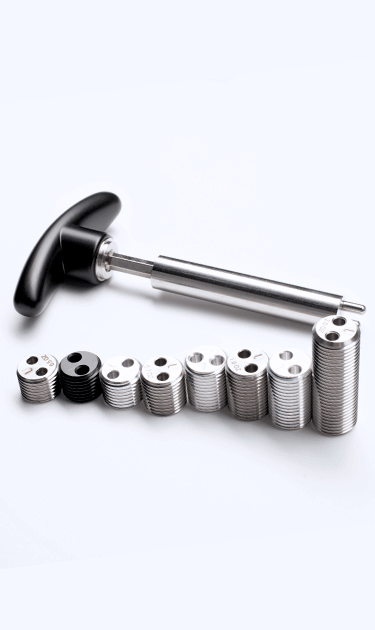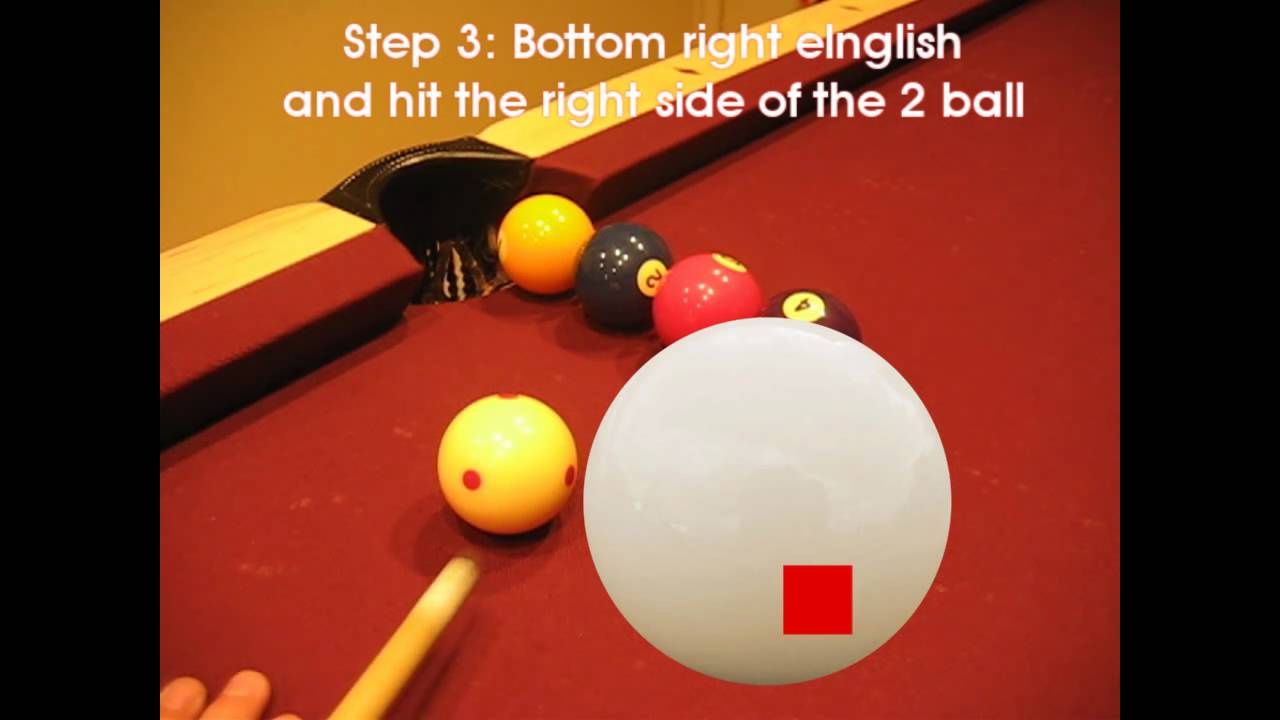
The pool table has been around since the beginning, even though no one knows the inventor. The earliest record of the game dates back to 1500s Northern Europe. The game gained popularity with all ages. It has also remained popular in the United States for many years.
In its original form, pool was played on grass or a wooden board with a hole in it. The object balls were numbered one through fifteen. The game was similar to croquet, in that the player shoved the ball rather than striking it. People started using a wooden stick, called a "mace", to strike the ball in the 1600s.
The game was refined with the addition of a cue stick, a wooden hoop, and the balls. The game was very popular in Europe and spread quickly to the United States. However, the game didn't become very popular until after the Industrial Revolution.

The history of the game is somewhat hazy but many people have contributed to its development. First, King Louis XI from France is credited for inventing indoor billiard tables. It became a popular pastime in England after the Industrial Revolution. The game was also popular among the French nobility.
After the game was introduced to the United States, it developed into a very popular sport in the 1840s. Billiards tournaments took place all across the country, as many of the early settlers brought it to the United States. The game gained popularity in finer saloons because it was more affordable than the equipment.
The history of the game was complicated further when ivory was used as a ball material. Originally, ivory was made of elephant tusks. Ivory became more fashionable in the 17th and 18th centuries, but it was not durable and was prone to cracking when struck with extreme force.
In the 1920s, Ivory pool balls were replaced with a new ball material. This new ball material was made with a mixture between nitrocellulose & camphor. It can explode when it is struck with extreme power.

The composite ball was the new name for this ball material. The nitrocellulose wasn't very stable, but it was a more inexpensive replacement for ivory. After a while the stick and hoop had to be abandoned. A leather tip was added to the cue tip, which made it easier to hit balls.
The game developed and became popular in America in the late 1800s. In the late 1870s, John Wesley Hyatt, a billiards player, invented a ball made of camphor and nitrocellulose. This ball material did not last long and could explode if it was struck with great force.
Michael Phelan - a successful pool player - was another significant figure in the evolution of the game. Phelan's father emigrated from Ireland to the United States in 1883, and Michael followed him into the pool hall business. He eventually wrote a book about pool that inspired a new generation to abandon ivory balls.